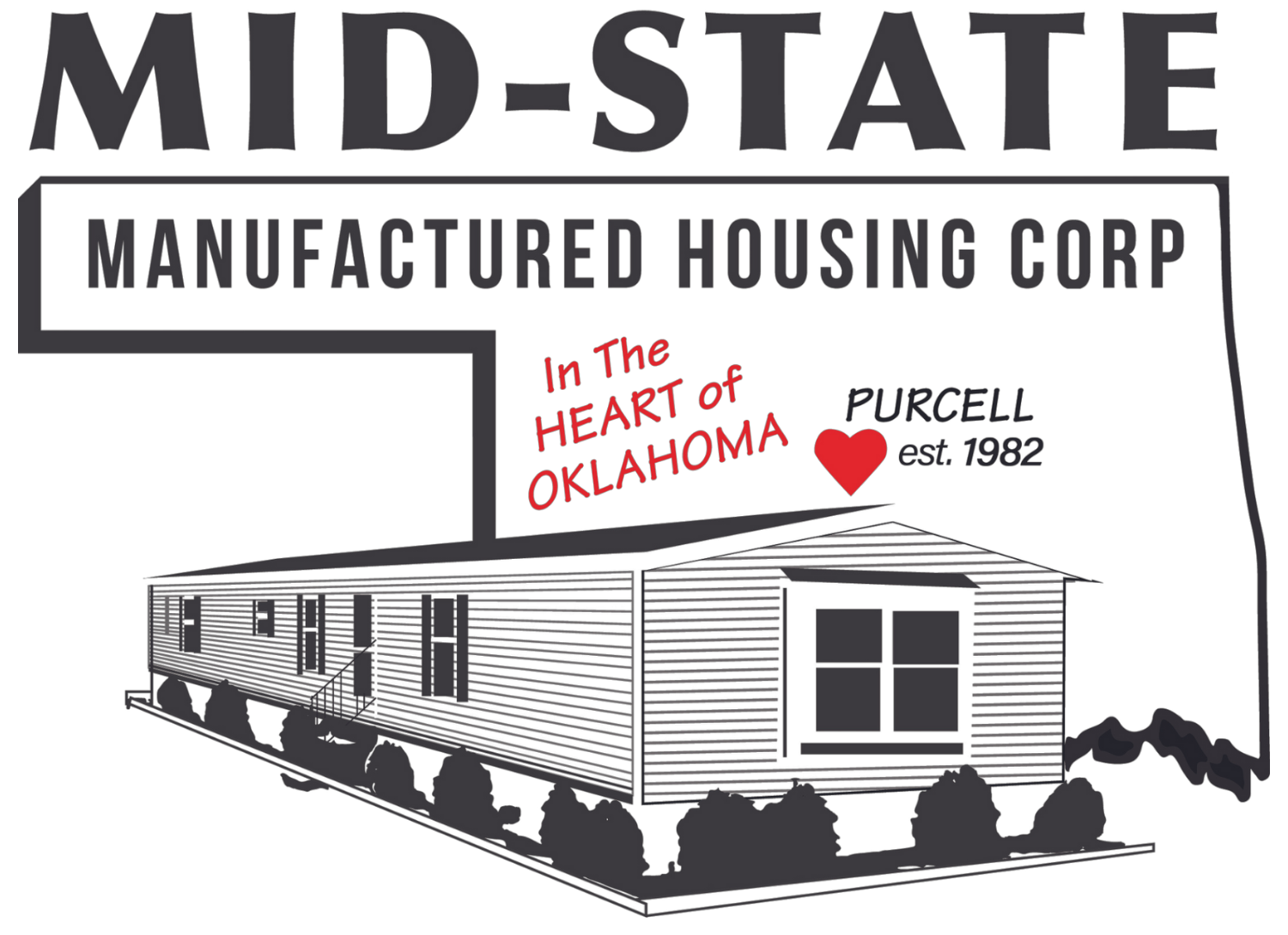How to prepare for your new home!
At Mid-State Housing, we schedule and require a site inspection prior to the delivery of your home. In most cases, we are doing this before our customers close on their purchase. Here are some items we’d like to review and you to know, before we bring your manufactured or modular home.
Home transport route –
These are oversized loads, right? We are looking for large intersections to make turns, routes that offer roadway shoulders and the overall safest route for transport. Our goal is to protect prevent your investment and always be safe!
We are also looking up…Most homes are around 14’ 9” tall, yet some can be as much as 15’ 6” high. We are looking for low power or phone lines as well as tree limbs. Your knowledge of your local infrastructure, best routes, safest turns and best road conditions is very helpful.
Home approach –
How do we or can we get the home onto your property and to its final placement site? We are looking at gates, slope of the land, your trees (low limbs for sure), septic locations, well locations, bar ditch depth, etc.
A lot of times customers believe their gates are wide enough. For example: If you purchase a 14’ wide home and have a 16’ gate, one might think the home will fit. However, for this to work, the home must be on a straight approach. Often times the home is turning as it goes through the gate. The more turn needed equates to a wider entrance being needed on the approach.
Site preparation –
On the site check, we are discussing all the very important items listed in our site prep blog. For example, proper drainage, future utility installation, pad building, dirt locations, etc.
Who is doing what, setting expectations and responsibilities –
Communication is key to limiting frustration. On our site checks we try and work through who is doing what. For example, who is coordinating the utility connections, who is calling the power company, have you gotten permission from the neighbor to bring home onto your location, fence removal, who is paying for fill dirt, etc. We want everyone to know, who is doing what. Very similar to car sales centers…an I owe, you owe concept.
What you can do to help – tips to point you in the right direction
If home route has low lines – call the local power, cable or phone company to have them raised.
If home route has low tree limbs – call your local county commissioners office.
Pre-trim the trees on your property. Remember, your home is most likely around 14’ 9” tall.
Make arrangements for temporary fence removal or temporary gates. Sometimes, there is no other way…the gate just has to come down until the home is in place.
If getting runners or concrete foundation, please ensure livestock are sectioned off.
Mow…mow the location the home will go as well as the route the home will travel through your property. Not only does this helps everyone see how level or not your location is, it also helps the dirt guy give you a better finished product. Further, it will help your location dry faster which can make all the difference in keeping on schedule.
Flag or mark existing infrastructure such as water meters, water lines, septic tanks, gas lines, ends of tin horns or culverts, lateral line locations, etc.
Call OKIE (Free service in OK) It’s important to have utility locations marked in advance of home placement or foundations.
Pre-stake the home location. Even if you’re unsure of the best placement location it will help give everyone a visual starting point to formulate the final plan.
Remember, your home is getting pulled by a semi. In your planning, consider the semi-truck length for home placement.
As always, we hope this information helps you and your family!
Thank you,
Mid-State Housing
